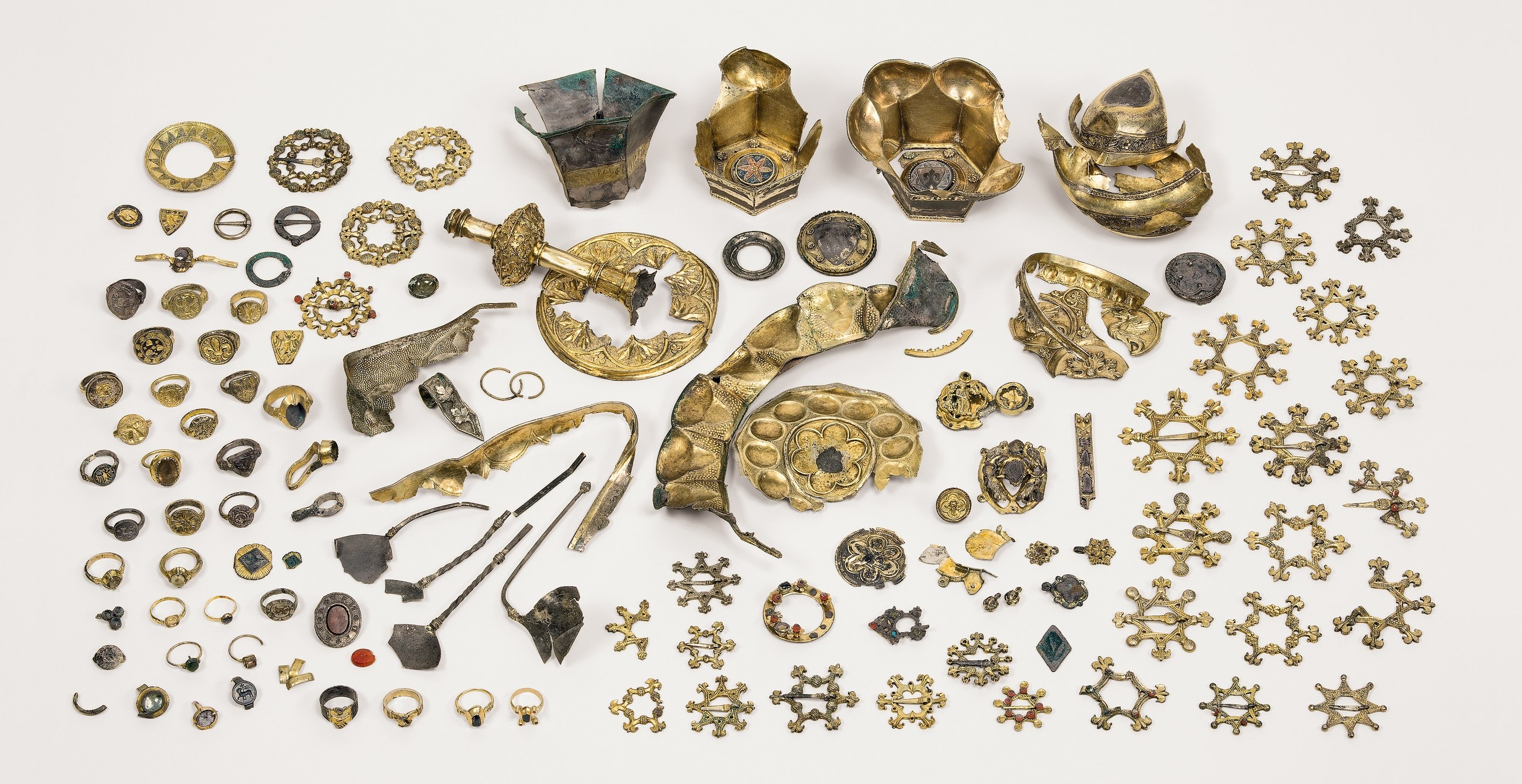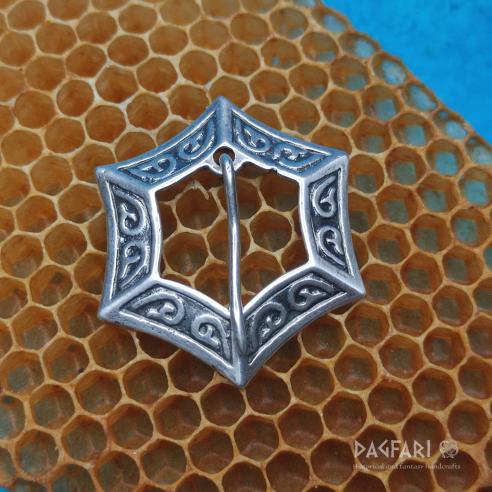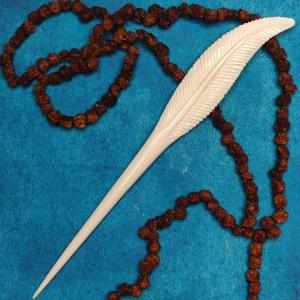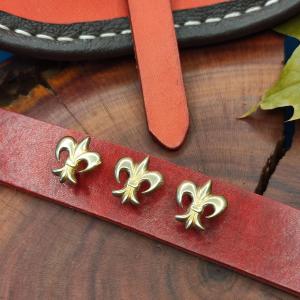The Neo-Gothic style (circa 1250 ) brings with it motifs of flowers, leaves and fruit. The floral motif can also be found on the panels of this smaller, yet distinctive pin.
The development of pin brooches and clasps has not changed much. Whether they were bow, circular, omega, disc, thistle or other pins, their importance lies in the pin that pierces the garment and holds it in place. In the High Middle Ages, these clasps, which we call brooches until today, were used to decorate necklines, to attach rosaries, to the cloak, hat and coat.
We find these fibulae elaborate and beautifully decorated, made originally for the most powerful and wealthy, but also ordinary, practical, copied and mass-produced in hundreds of pieces.

Fashion in the Middle Ages changed by the decade. Especially those jewels that are still in the mind can be found today in museums in units of one. Like today, there were a few originals that set the fashion trend and showcased the incredible work of master goldsmiths. And then there are the others, copied and mass-produced. They were not as ornate, but almost everyone could afford them.
We classify these clasps as decorative - they are not recommended for the purpose of holding and fastening heavy wool coats without the use of another strong clasp. However, small things like strings of beads or hygiene kits and the ends of dresses at the neck will hold without any problem :)
Size: 3,8 cm
Weight: 6 g



















